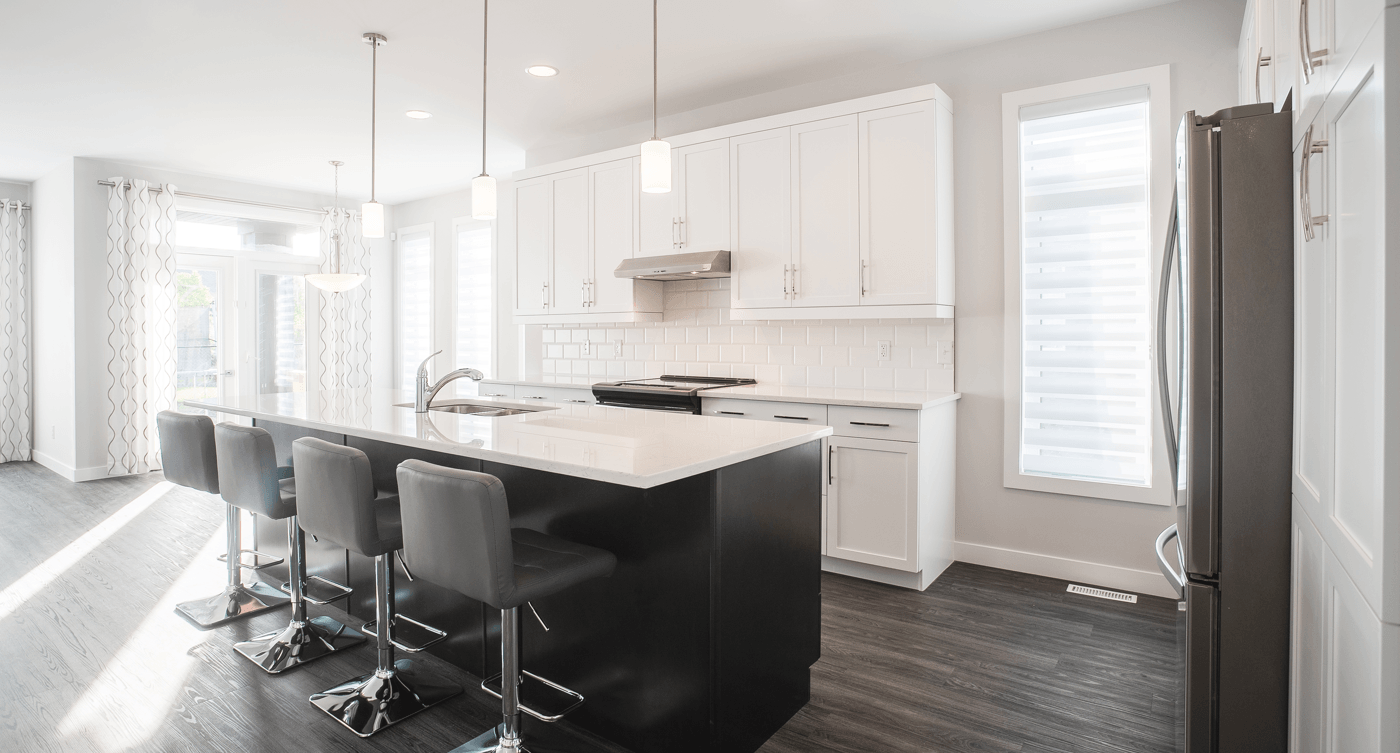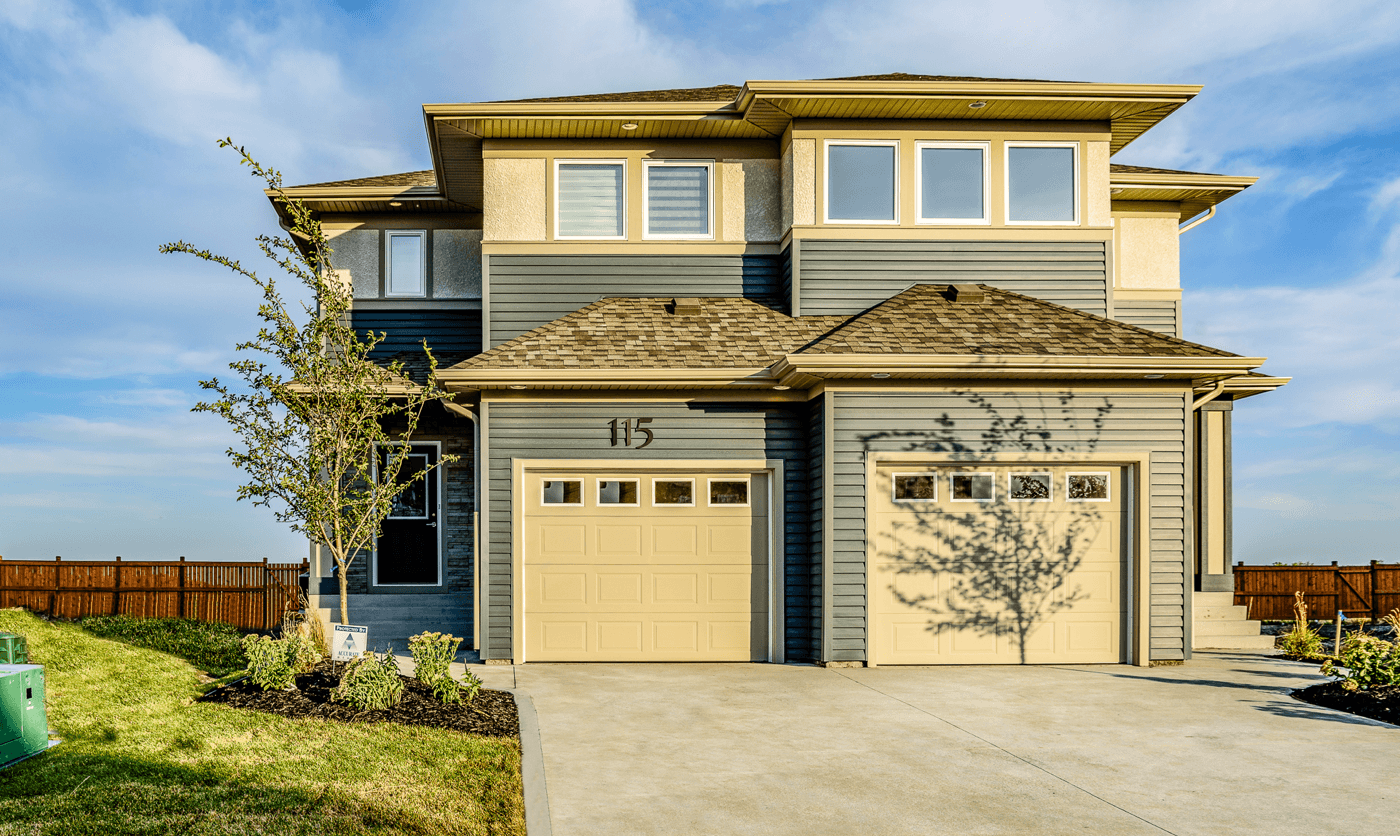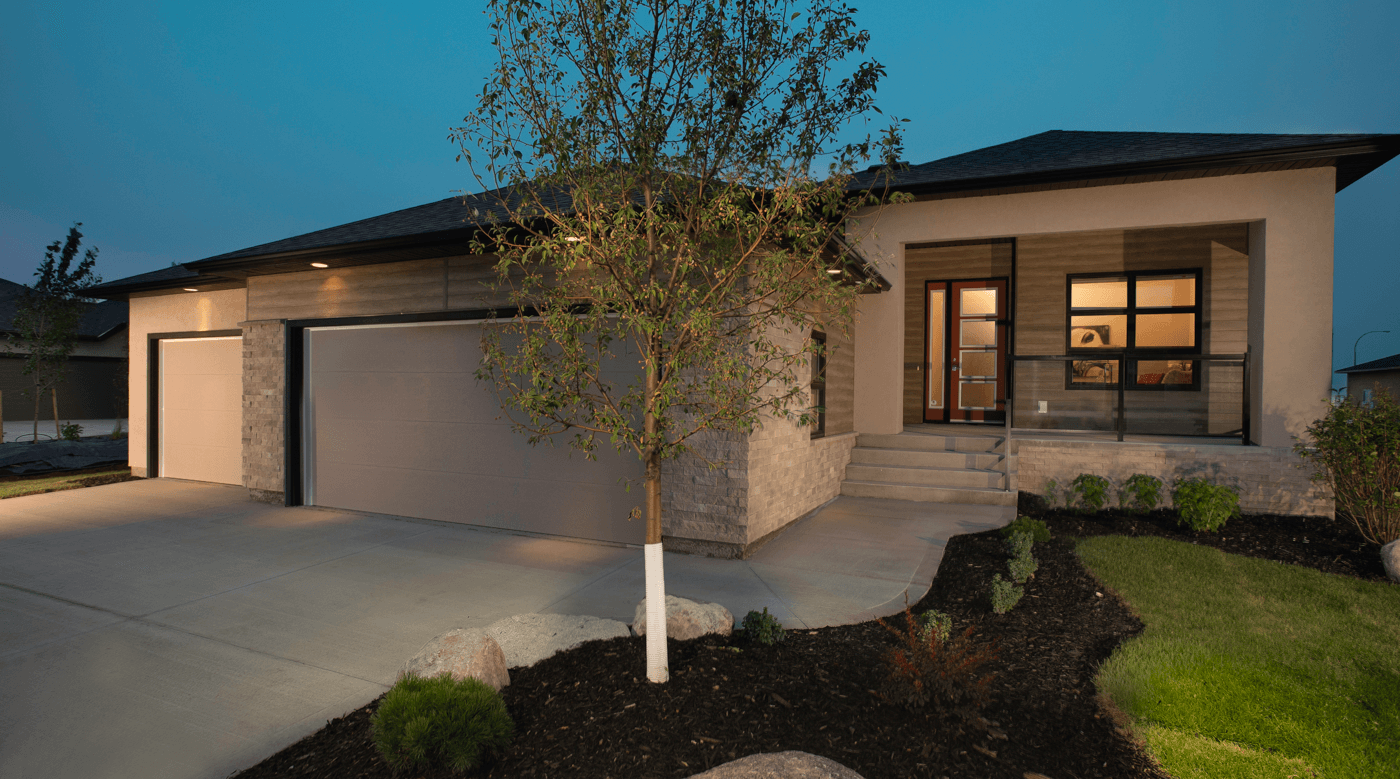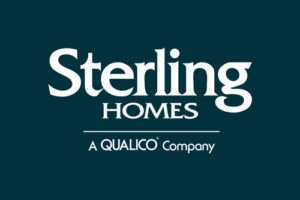
As you begin shopping for your first home, there’s a good chance you’re going to start hearing a lot of unfamiliar terms. You hate to interrupt someone to ask what they mean, but this is the most important purchase of your life, so you need to be completely clear on everything.
To help you with the process, we’ve put together a list of terms that you’re likely to come across.
Mortgage Terms
We start first with words that relate to the mortgage, since understanding your mortgage is probably the most important aspect of the homebuying process.
CHMC insurance premiums
If your down payment is less than 20 percent, you’ll have to pay an insurance premium. This is not your homeowners’ insurance. It insures the bank against the possibility of you defaulting on the mortgage. If you stop paying, the bank still gets their money.

Closed/open mortgage
Mortgages might be designated closed or open. A closed mortgage prevents you from paying off the mortgage early, as you might do if you decide to sell the home and move to another place. Open mortgages allow early repayment.
Conventional mortgage
Conventional mortgages are for 80 percent or less of the home’s value. They tend to have more favourable terms.
Fixed-rate/variable rate
Mortgage rates can be fixed or variable. Fixed rates stay the same throughout the term of the mortgage, and they’re usually considered the “safe” option. Variable rates change over time, but they can start out lower than fixed rates.
High-ratio mortgage
High-ratio mortgages are the opposite of conventional mortgages. They’re for amounts in between 80 and 95 percent of the mortgage. They may have slightly higher interest rates and be slightly more difficult to get, but they’re not uncommon.

Pre-approval/pre-qualification
A mortgage pre-qualification is the first step for some people in getting a mortgage. You state your income and general level of credit, and the bank tells you how much you’re likely to qualify for. However, it’s not an actual offer or guarantee. Many even skip this step and go to the pre-approval. In a pre-approval, the bank verifies your income, credit score, and debts, then tells you how much you’ll qualify for and what your insurance rate will be. This offer is usually guaranteed for 30 days, so you can shop around.
Title insurance
Title insurance protects you against any liens that may have been made on the property, and you’re usually required to purchase it. Some might question why it’s necessary for a newly constructed home because it’s unlikely to have any liens against it. However, it’s important to note that the insurance covers things like mistakes in the filing of the paperwork, so it’s still good to have.
New Construction Terms
You’ll also find that there are different terms associated with new construction homes that you may not be familiar with. These are some of the most common.
Allowances
Allowances are the amount that the builder has budgeted for you to spend for certain “standard” features. For instance, the standard price might include appliances up to a certain amount. If you choose appliances that go over this allowance, you’ll have to pay a bit more.
Draw schedule
Financing for new construction comes in stages. Usually, the bank gives the builder about a third of the agreed-upon price before they start building, another third about halfway through the build, and then the final amount once the home is finished. This allows them to have the funding they need for materials and labour throughout the process. For you, it means you’ll have to start making payments on your new mortgage during the time that it’s being built.

Front-attached
A front-attached home has the garage attached to the front of the home. Families appreciate the convenience of the garage entryway.
Laned Home
Laned homes typically have a detached garage at the back of the home. This allows them to have a picturesque look to the front.
Duplex
A duplex includes two homes in a single structure. Nowadays, duplexes are usually built side-by-side, which means that each family has a two-storey home, and they share a wall. Some investors buy both sides of a duplex to rent out, but most families only purchase one side. Duplexes tend to be more affordable.
Townhome
Also called row houses, townhomes are one of the most affordable styles of homes. They share at least one wall with their neighbours, so they’re cheaper to build. Often, they do not have large backyards, and many people appreciate the fact that this means less maintenance. Instead, you’ll usually find balconies or patios as hangout spaces.
Pie-shaped lot
Most of the lots in a community are rectangular, but some — usually the ones at the end of a cul de sac — are pie-shaped. The triangular shape means that they’re bigger and incredibly popular with families. Often, they will cost a bit more than rectangular lots.
Standard materials vs. upgrades
As you tour showhomes, you’ll see builders advertise the prices as “Starting from…” This is the price you’d pay if you use all of the builder’s standard materials. Upgrades are things that are usually higher quality, so you have to pay extra for them. It’s important to note that “standard” doesn’t mean low-quality. For instance, some builder’s might consider quartz the standard material for countertops, while it’s an upgrade at other builder’s.
Our list of common terms is by no means exhaustive, but it should get you on the right track. Don’t be afraid to ask your builder to define any words you might not know.



